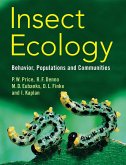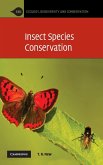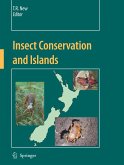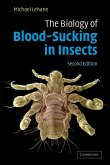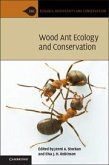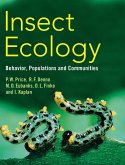This groundbreaking book is a contemporary global synthesis of the rapidly developing and important field of insect conservation biology. Insects play important roles in terrestrial ecological processes and in maintaining the world as we know it. They present particular conservation challenges, especially as a quarter face extinction within the next few decades. This textbook addresses the ethical foundation of insect conservation, and asks why should we concern ourselves with conservation of a butterfly, beetle or bug? The success of insects and their diversity, which have survived glaciers, is now facing a more formidable obstacle: the meteoric impact of humans. After addressing threats, from invasive alien plants to climate change, the book explores ways insects and their habitats are prioritised, mapped, monitored and conserved. Landscape and species approaches are considered. This book is for undergraduates, postgraduates, researchers and managers in conservation biology or entomology, and the wider biological and environmental sciences.
'There are very few insect books of such expansive scope, and this one could be a standard text for years. It will be welcomed by specialists in entomology, biodiversity, mass extinction, evolution and half-a-dozen associated fields. ... it is much more than an expert book for experts; it should appeal to everyone interested in the fast-diminishing biodiversity of our planet. All in all, this is an expensive book that is excellent value.' Nature


